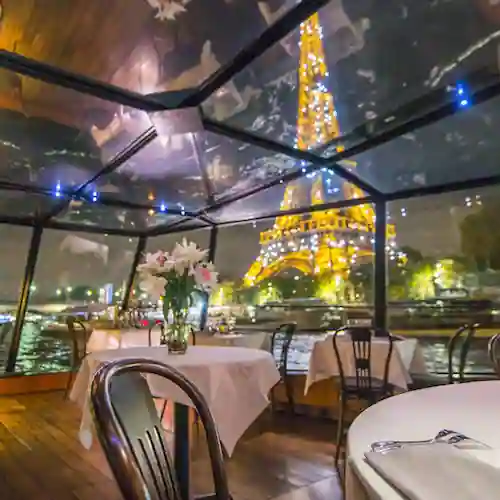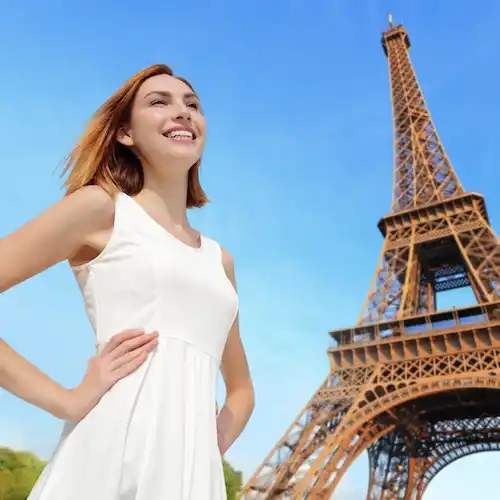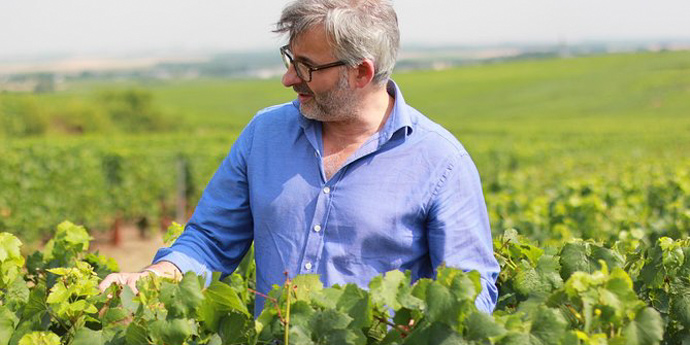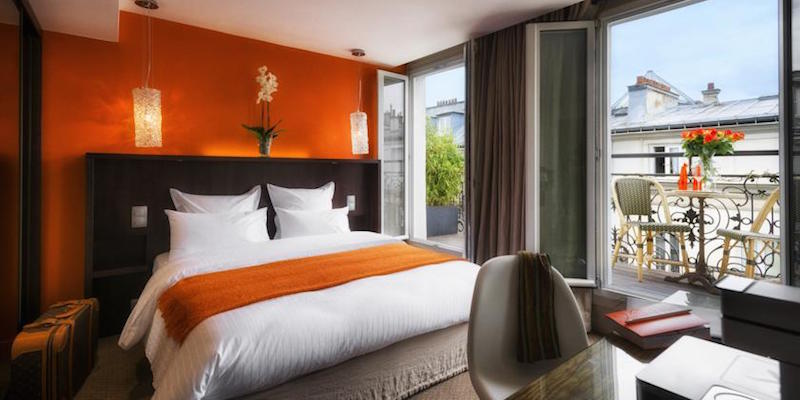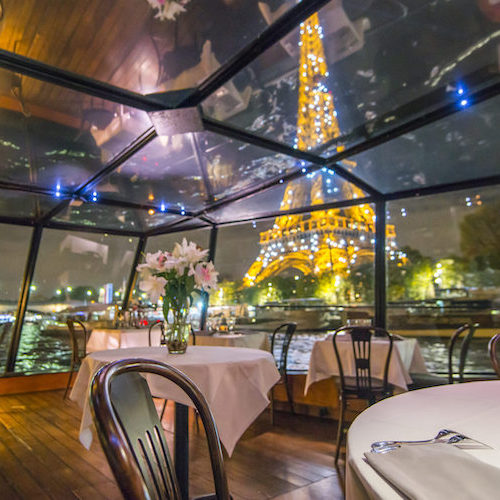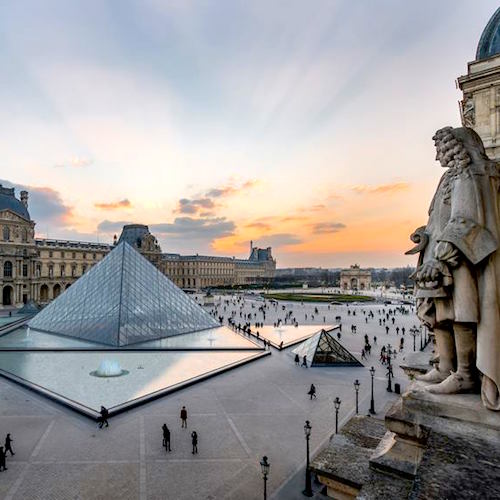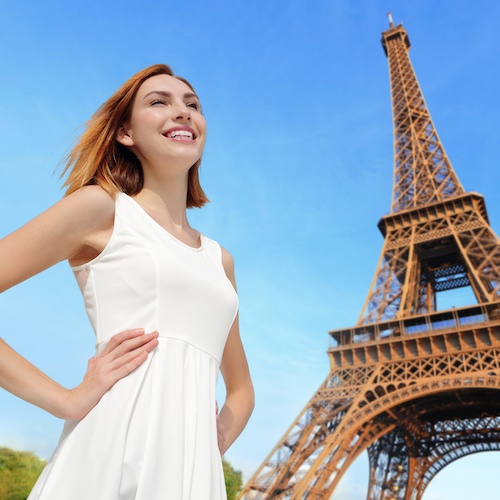Arc de Triomphe du Carrousel – Napoleon Built Two Of Them!
Napoleon had two triumphal arches planned for Paris. One, the Arc de Triomphe de l'Étoile, is a world-famous monument and one of the icons of Paris. The other, the Arc de Triomphe du Carrousel, its little brother, too often goes relatively unnoticed by visitors, possibly because it gets lost in the splendor of the Louvre and the Jardin des Tuileries, where it is located.
![]()
Discover What's On When You're Here...
• January... |
• February... |
• March... |
• April... |
• May... |
• June... |
• July... |
• August... |
• September... |
• October... |
• November... |
• December... |
Discover What's On When You're Here
• January...
|
• February... |
• March... |
|---|---|---|
• April... |
• May... |
• June... |
• July... |
• August... |
• September... |
• October... |
• November... |
• December... |
It Always Starts With Napoleon
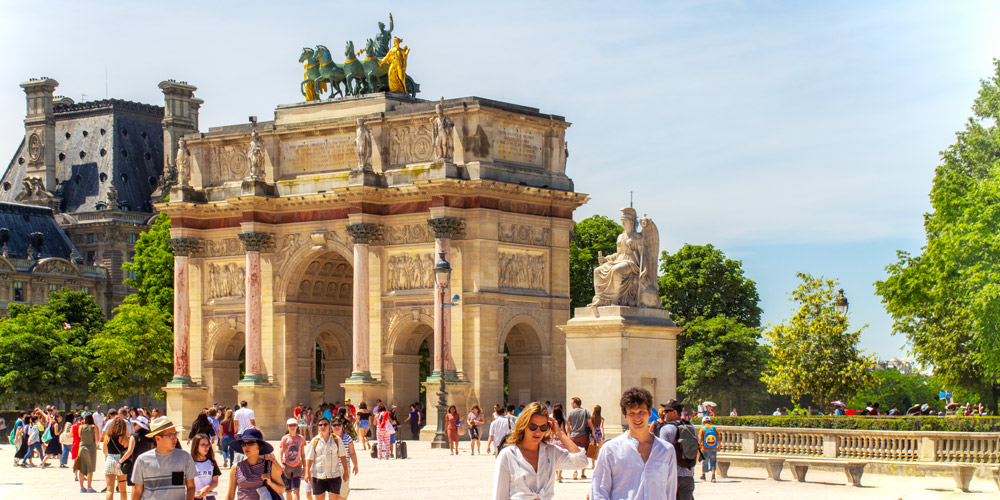 Arc de Triomphe du Carrousel, with the Louvre in the background
Arc de Triomphe du Carrousel, with the Louvre in the background
Like so many aspects of modern Paris, it all started with Napoleon Bonaparte. Although the story of the Arc de Triomphe du Carrousel may start with the Emperor, the history of the place where it sits (the Place du Carrousel) goes back centuries earlier. We'll tell you more about that later, but first — Bonaparte, a man who was never modest about his military achievements. So, of course, he decided to flank both ends of the Champs-Elysées with monuments to his victories.
![]()
Our Top-Rated Paris Experiences
The Axe Historique
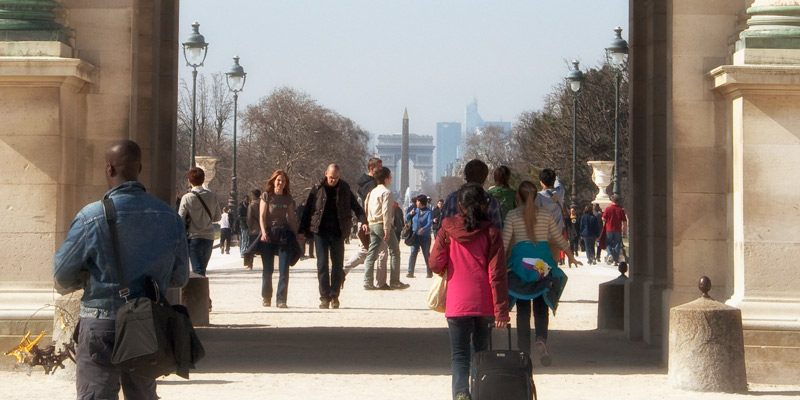 Sighting along the Axe Historique through the Arc de Triomphe du Carrousel
Sighting along the Axe Historique through the Arc de Triomphe du Carrousel
The Axe Historique is an imaginary historical axis of Paris that starts in the center of the Louvre, runs west through the Tuileries Gardens, then continue straight through Place de la Concorde, along the middle of Avenue des Champs-Elysées, and into the center of the Place de l'Étoile (today also known as Place Charles de Gaulle), directly beneath the majestic Arc de Triomphe.
Napoleon didn't originate the idea of an Axe Historique — that was imagined by the architects and urban planners working under the various Louis — but Bonaparte did specify that his two arches be built straddling this line. (In modern times, this historical axis has been extended beyond the Place de l'Étoile to continue down Avenue de la Grand Armée and onward, across the Seine, and through the middle of that grandest of arches, the, um…Grande Arche de la Défense.)
![]()
|
Escape to the Land of Bubbly on a small-group day tour from Paris. Taste at top Champagne houses, meet boutique producers, enjoy a leisurely lunch, and toast to a perfectly sparkling day. |
|
Escape to the Land of Bubbly on a small-group day tour from Paris. Taste at top Champagne houses, meet boutique producers, enjoy a leisurely lunch, and toast to a perfectly sparkling day. |
A Monument to Napoleon's Victories
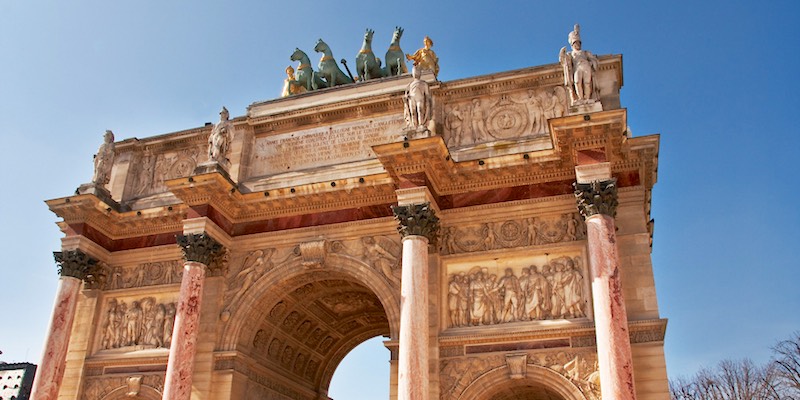 Arc de Triomphe du Carrousel, with the Venetian horses on the top
Arc de Triomphe du Carrousel, with the Venetian horses on the top
Returning to the Arc de Triomphe du Carrousel itself… The reliefs on this arch depict Napoleon's military victories at the beginning of the nineteenth century. The sculptured horses on top of the arch are copied from St Mark's Basilica in Venice.
The patch of ground the arch sits on is called the Place du Carrousel, located between the Louvre and the Tuileries Gardens, although nowadays it's unrecognizable as a separate square. It's also hard to tell that there once was a palace here that fronted on the place, called the Tuileries Palace.
![]()
|
Browse our hand-picked Paris hotel deals with real-time discounts of up to 20%. Stay in the Marais, Saint Germain, the Latin Quarter, the Left Bank near the Eiffel Tower… every arrondissement is on the list. |
|
Browse our hand-picked Paris hotel deals with real-time discounts of up to 20%. Stay in the Marais, Saint Germain, the Latin Quarter, the Left Bank near the Eiffel Tower… every arrondissement is on the list. |
![]()
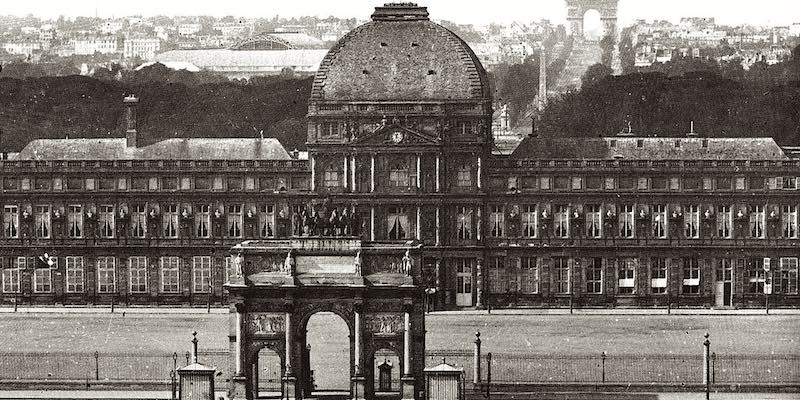 The Tuileries Palace in a photo from 1860, showing the two Napoleonic arches
The Tuileries Palace in a photo from 1860, showing the two Napoleonic arches
![]()
The Palais des Tuileries was built way back in 1564 and over the centuries housed various Louis (XIV, XV, etc). In fact, it was the last home of the ill-fated Louis XVI and Marie Antoinette until their demise during the French Revolution. But, like the Hotel de Ville Paris (the city hall), the palace was burned by a mob during the Commune of 1871. The Hotel de Ville was restored, but the palais was never to be rebuilt.
Paris Planning Guides
 Book an Airport Transfer
Book an Airport Transfer |
 VIP to Champagne
VIP to Champagne |
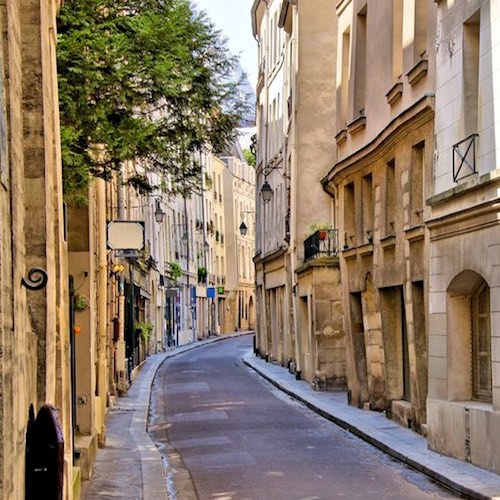 Latin Quarter Guide
Latin Quarter Guide |
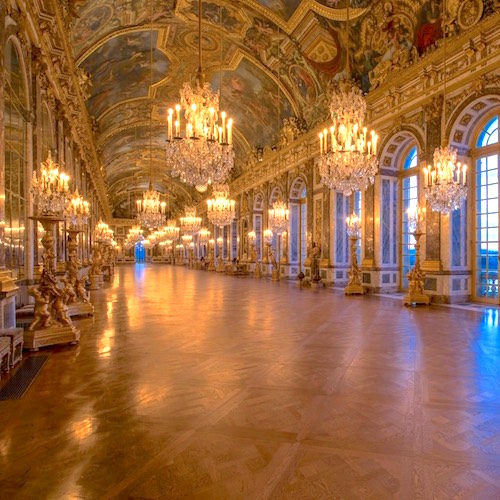 Visiting Versailles
Visiting Versailles |




